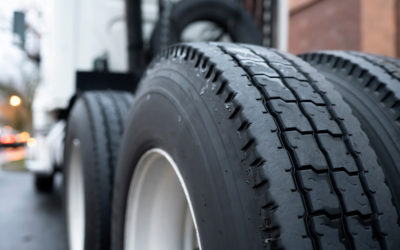In the automotive industry, Tire Pressure Monitoring Systems (TPMS) have become standard practice since 2009 when it became mandatory for all new passenger vehicles to be equipped with TPMS. This regulation marked a significant stride in enhancing...
tire performance
The Science Behind Balancing Beads
The science behind balancing beads can be broken down into stages listed below, with three forces influencing the process: gravity, centrifugal force, and inertia. Tire at Rest The beads pool at the bottom of the tire due to gravity. Tire in Motion...
How the Cold Affects Tires
As the cold season sets in, it's crucial to be mindful of your vehicle's tire performance through proper winter maintenance. Tire pressure and traction are key aspects within your control, and understanding their dynamics is essential. The...
Answers to the Most Frequently Asked Questions About Balancing Beads on the Internet: Part 3
11. Do balance beads cause vibrations? Internal balancing agents (IBA) can migrate due to vibrations caused by an imbalance in the tire or wheel assembly. If you added the correct amount to your tires based on our recommendation and still feel...
How Are Tires Made?
Manufacturing tires has come a long way over the years, and modern technology has pushed innovation to the limit by blending chemistry, physics, and engineering to produce the most efficient and reliable tires to date. The Production Process The...
Enhancing Tire Life through Proper Maintenance
Choosing the Right Tire for Your Needs The initial stride toward enhancing tire life while maximizing performance involves selecting a tire suited to your specific needs. Opting for the right tire type avoids unnecessary expenses. For example,...







